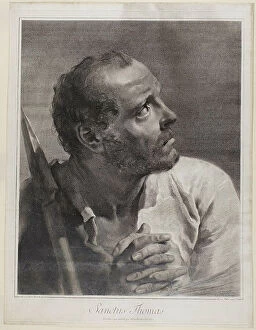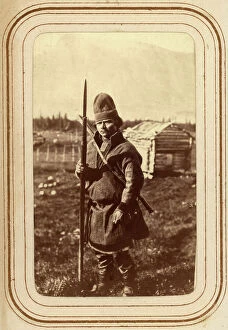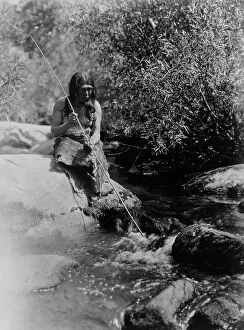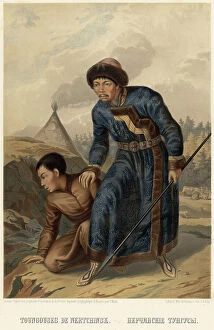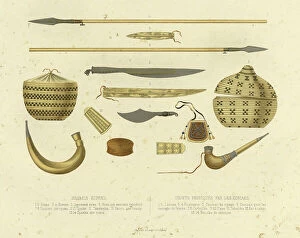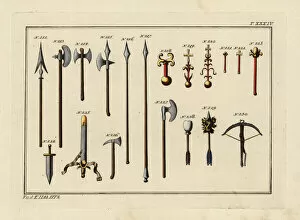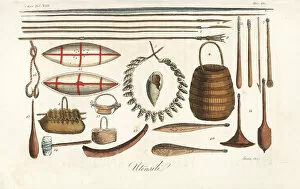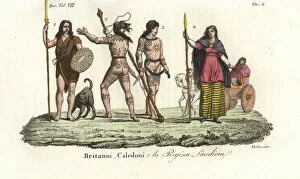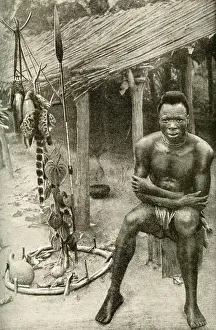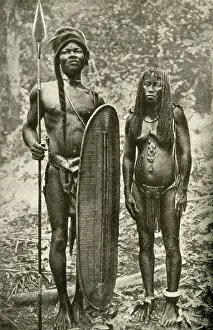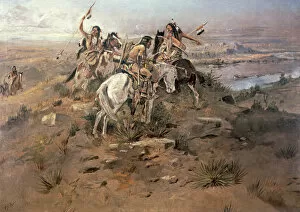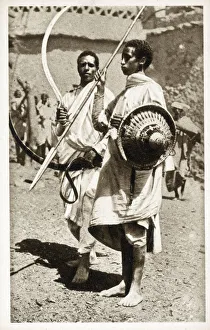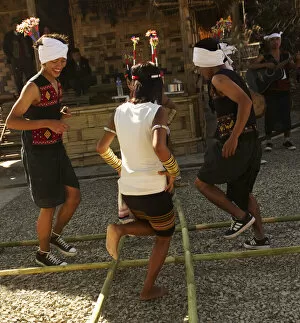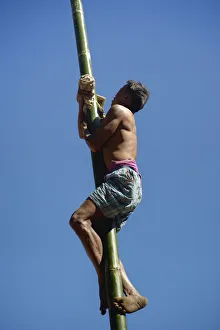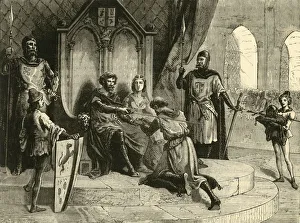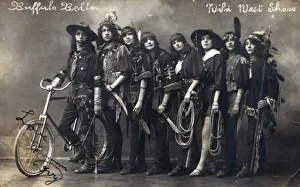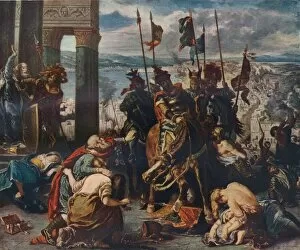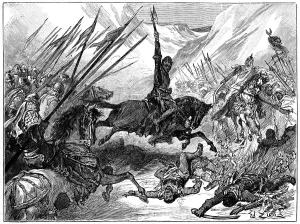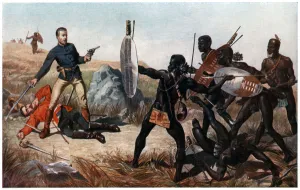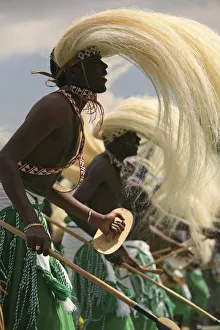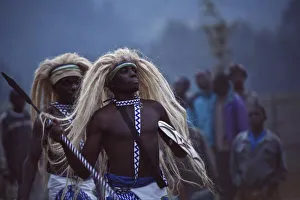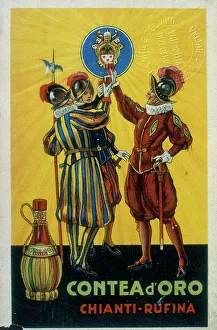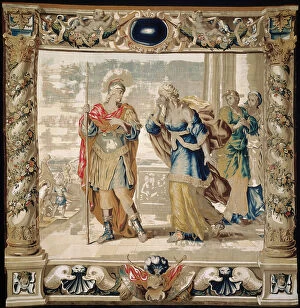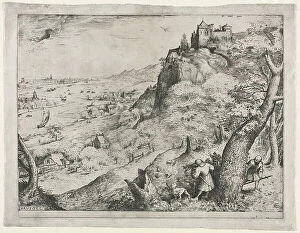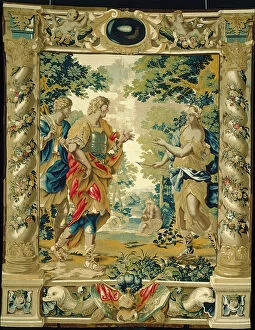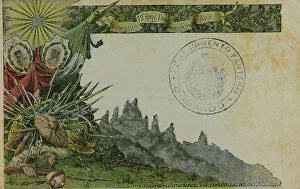Spear Collection (page 11)
"Spear: A Weapon of Power, Valor, and Legacy" Throughout history, the spear has been a symbol of strength and authority
All Professionally Made to Order for Quick Shipping
"Spear: A Weapon of Power, Valor, and Legacy" Throughout history, the spear has been a symbol of strength and authority. From ancient civilizations to medieval battles, its presence has left an indelible mark on our collective consciousness. In Derek Jarman's Caravaggio (1986), Sean Bean embodies the essence of power as he wields a spear with commanding grace. Just like Queen Boudica of the Iceni Tribe who fearlessly led her people into battle against Roman oppression. The Bayeux Tapestry vividly portrays the Norman Conquest where spears were raised high in anticipation, and is here that Odin sits upon his throne, watching over warriors armed with spears as they prepare for war. King Harold's foot soldiers brandishing their spears and battle axes in the Bayeux Tapestry remind us of their unwavering loyalty and determination during times of conflict. In 1918, Trotsky slayed the counter-revolutionary dragon in a powerful poster that showcased not only his bravery but also the symbolic might of the spear. Freya rides triumphantly in her chariot adorned with spears, representing both beauty and strength intertwined. This echoes throughout history as seen during The Battle of Agincourt in 1415 when brave soldiers readied themselves for combat wielding their trusty spears. Boadicea (Boudica) stands tall among her people; her spear held high as she fought fiercely against those who sought to oppress them. Her legacy lives on through time immemorial. Even before recorded history began, prehistoric humans relied on primitive spear-throwers to hunt for survival. These early tools laid down foundations for future advancements in weaponry. An Assyrian king confidently rides his chariot while holding a gleaming spear - an emblematic representation of dominance over enemies encountered along ancient trade routes. Ancient Romans donned elaborate costumes complete with ceremonial spears during grand spectacles, showcasing their military prowess and cultural opulence.






